Restorative practices preempt harm by improving relationships to foster a sense of community.
They are based on a set of simple techniques that address tension while avoiding endless cycles of anger, retribution, and recurrence: small group circles, questions and “I” statements. In addition to their focus on prevention, restorative practices also provide productive strategies for addressing harm once it has occurred.
Restorative Justice is the subset of restorative practices used after harmful behavior has taken place.
It emphasizes restitution for those who have been harmed and reintegration of those who have caused harm. It is unlike conventional justice systems, which are concerned with establishing guilt or innocence and then meting out punishment, ignoring the needs of victims and leading to high recidivism rates. Restorative Justice interrupts this cycle of crime and retribution by focusing on repairing, to the extent possible, the harms that have occurred, and including all those most affected by an offense in its resolution. Restorative justice holds offenders accountable for their actions, provides restitution to victims and strengthens communities.
Conflict naturally occurs in any group, but rather than being destructive it can be an opportunity to strengthen relationships.
The experience of working together to set norms, resolve disagreements, and handle misconduct constructively is very powerful in building a sense of community. Even seemingly intractable problems provide opportunities for restoring and improving relationships, helping an organization or community move forward productively.
For more information on:
The Benefits of Restorative Practices
The Use of Restorative Conferencing


